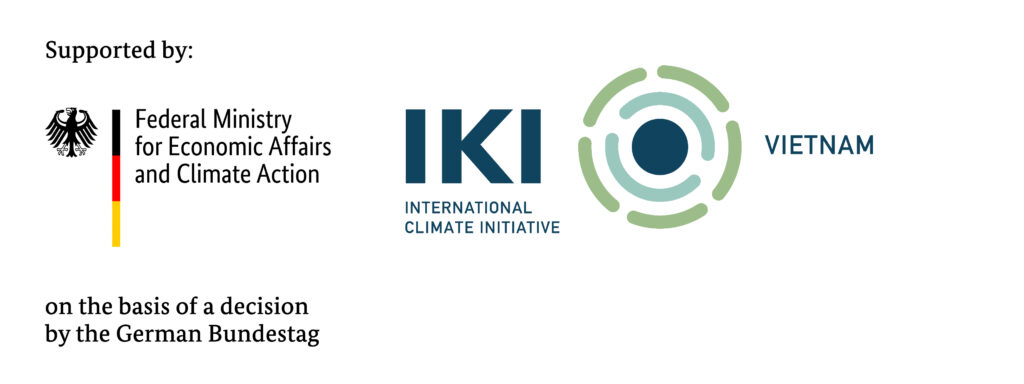The University of Southern Queensland (USQ) have partnered with the International Centre for Tropical Agriculture (CIAT) to conduct a series of investigations into the yield and economic potential for irrigated cassava in southern Vietnam.

Cassava is generally an opportunity crop grown in upland areas during the Asian monsoon season. Variability in the duration and onset of the monsoon impacts the quality and quantity of the crop yield. While cassava is a relatively drought tolerant crop, it can still experience water stress during the dry season. This study, located at the Hung Loc Agricultural Research Centre (HLARC) makes use of an irrigation scheduling tool called ‘Irrigrow’ to generate a demand-based irrigation schedule.
| Irrigrow is a web-based tool designed by USQ to aid farmers in the decision of when and how much irrigation a crop requires. Irrigrow models the crops water requirements based on atmospheric data in combination with FAO Paper 56 methodology. Using this model, it can provide a recommendation in millimetres of how much to irrigate and a timeframe to irrigate it within. |
 Over the last 12 months, Irrigrow has been used to support irrigation scheduling at the cassava experiment site. This process involves using data from an onsite weather station, performing evapotranspiration (ET) calculations, and uploading ET and rainfall into Irrigrow.
Over the last 12 months, Irrigrow has been used to support irrigation scheduling at the cassava experiment site. This process involves using data from an onsite weather station, performing evapotranspiration (ET) calculations, and uploading ET and rainfall into Irrigrow.
Recommendations provided by Irrigrow are then converted into a quantity of pumping hours and communicated to the HLARC team on a weekly basis. There are also processes in place to verify the irrigation models’ accuracy. Firstly, soil moisture metres at 3 depths, allow us to measure the soil moisture and adjust our recommendation if needed. Next, photos of all the water meters are taken before and after an irrigation so that the exact amount of irrigation can be calculated and uploaded to Irrigrow.
While a prototype Irrigrow is available, further refinements are needed to ensure its compatibility with Vietnamese conditions. Yield outlooks are promising. Early results indicate that with improved irrigation practices the yield is expected to increase up to 30-35%.
